Helping Tokyo To Step Out In Style: Hairstylist Chie Funakura
Silva Papilio: A London-Inspired, Tokyo-Raised Hair Salon
After years of experience in London and a major Tokyo-based hair salon, Funakura is now providing top hairstyling services from her own stylish salon in Harajuku.
Tucked away in a residential neighborhood near Harajuku Station, Chie Funakura’s salon, Silva Papilio, makes it difficult to imagine that the hustle and bustle of Takeshita-dori is just a few minutes walk away — it is that much of a oasis of calm. There are no bells and whistle, no gimmicks — just a relaxed yet sophisticated atmosphere and a bilingual stylist who has been helping to bring out the best in Tokyo’s international community for twenty years — with Watanabe Hair Dressing and now on her own.
The Savvy Team caught up with Funakura to learn more about her career and her decision to open her own salon two years ago.
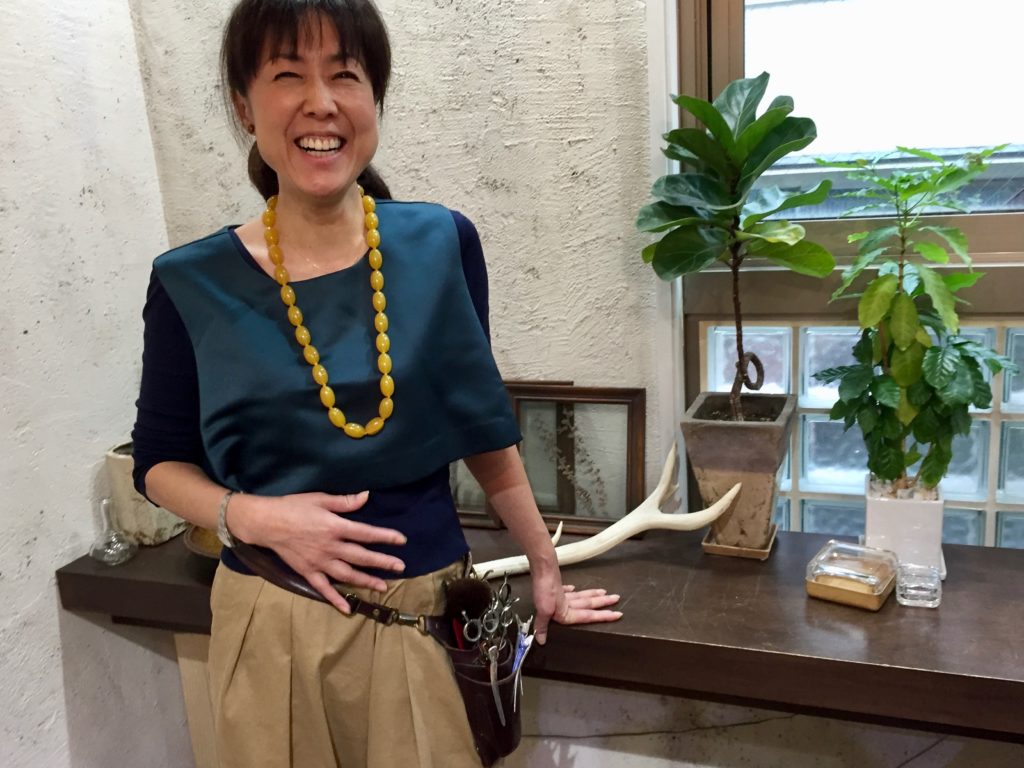
Chie Funakura smiling for the camera at her hair salon Silva Papilio in Harajuku.
What inspired you to become a hairstylist?
I was interested in trying different hairstyles when I was a junior high student growing up in Osaka — like many girls my age, I suppose. Then I decided to go to a hairdressing school. In those days, it was one year of training and then a year’s apprenticeship.
Were you always interested in using English on the job?
No, not at the beginning. I worked as a stylist in Osaka for several years. However, I was interested in new styles and techniques, and was keen to see more of the world. I actually wanted to go to France but I thought the language barrier would be an issue so I chose London. I attended a language school while working in a salon. And I took photography courses — it was a chance to spread my wings a bit and try new things. I didn’t have work lined up before I arrived. I just walked around, resume in hand, asking for a job. I got lucky on my second or third attempt. I stayed in London for four years until 1994, and then I took some time off to go traveling to India and a few other places before coming back to Japan.
‘[I want Silva Papilio to be] a place where people could come to relax, unwind, refresh themselves and then emerge like a butterfly.’
What was working in London like?
In those days, almost everyone in Japan still had black hair — only those in the fashion industry or people like bar hostesses had dyed hair. I wasn’t used to having such a wide range of colors and textures of hair to work with, so that aspect of the work in London was a lot of fun. My English naturally improved on the job.
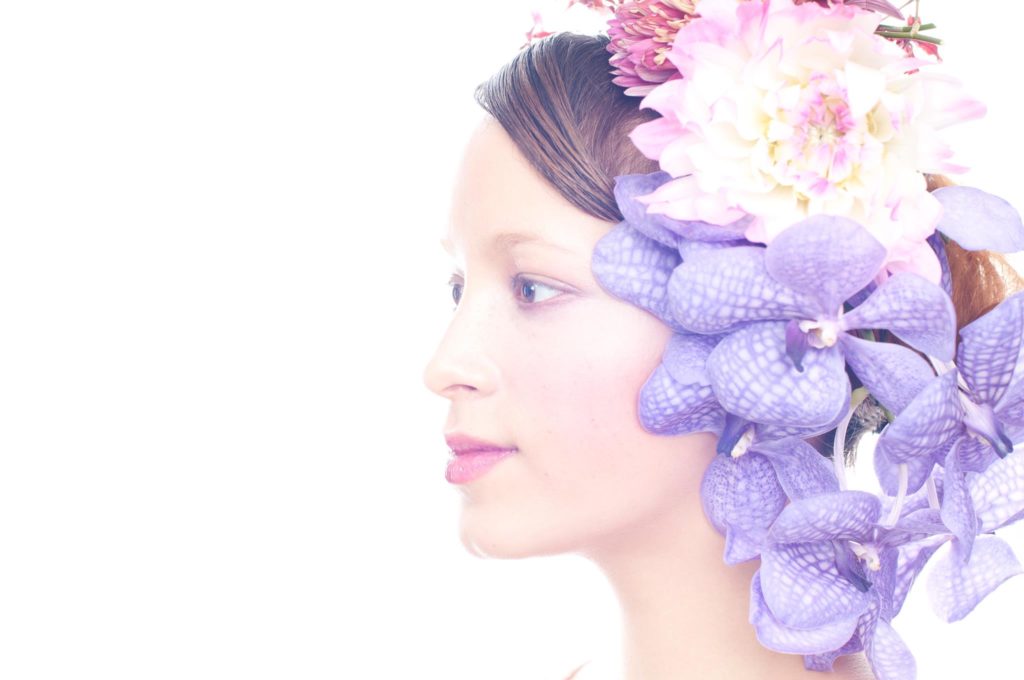 © Photo by 2011 Romp Photography / Photo by Genevie / Hair and make up by Chie Funakura
© Photo by 2011 Romp Photography / Photo by Genevie / Hair and make up by Chie Funakura
Tell us about working at the Watanabe Hair Dressing salon.
I came back to Osaka but found that I craved a more cosmopolitan environment after having been in London, so I moved to Tokyo and started working as a freelance stylist. Watanabe Hair Dressing has been operating for over 20 years in Harajuku and is very well known to the international community. I think my experience overseas and my language skills were a good fit for them. One benefit of being a freelancer was that, in addition to my salon work, I was able to pursue various opportunities for work on photo shoots, commercials, weddings and what not. At the time it was a pretty unusual way of working — having a regular place in a salon while doing other various jobs. I feel like I had the best of both worlds.
Why did you decide to strike out on your own?
Well, while I was still quite happy with my situation, I’d always thought it would be good to have my own place someday, but I didn’t have a real timeline in mind. I was making some casual inquiries about having a salon, and it just happened that the second place I went to see was the perfect location. I started jotting down my image of the kind of salon I wanted to operate and it just took shape from there. An organic process, if you will.
Foreign customers often have a clear image of what they want, and there is such a wide range of things you can do with their hair.
How did you come up with name “Silva Papilio” and what does it mean?
“Silva Papilio” is Latin for “Butterfly Forest.” I was playing around with phrases in different languages and this one caught my imagination. I thought calling it “Butterfly Forest” in English or the Japanese, “Chocho no Mori” was too… in your face? (Laughs). But the Latin had a nice ring to it. It captures the essence of what I wanted for my salon—a place where people could come to relax, unwind, refresh themselves and then emerge like a butterfly! I was a little worried at first that the name might sound too feminine but it doesn’t seem to be an issue, as about 30% of our customers are men. As far as nationalities go, probably 70% of my clientele are from the international community. They include expats and long termers, models and those from the entertainment industry.
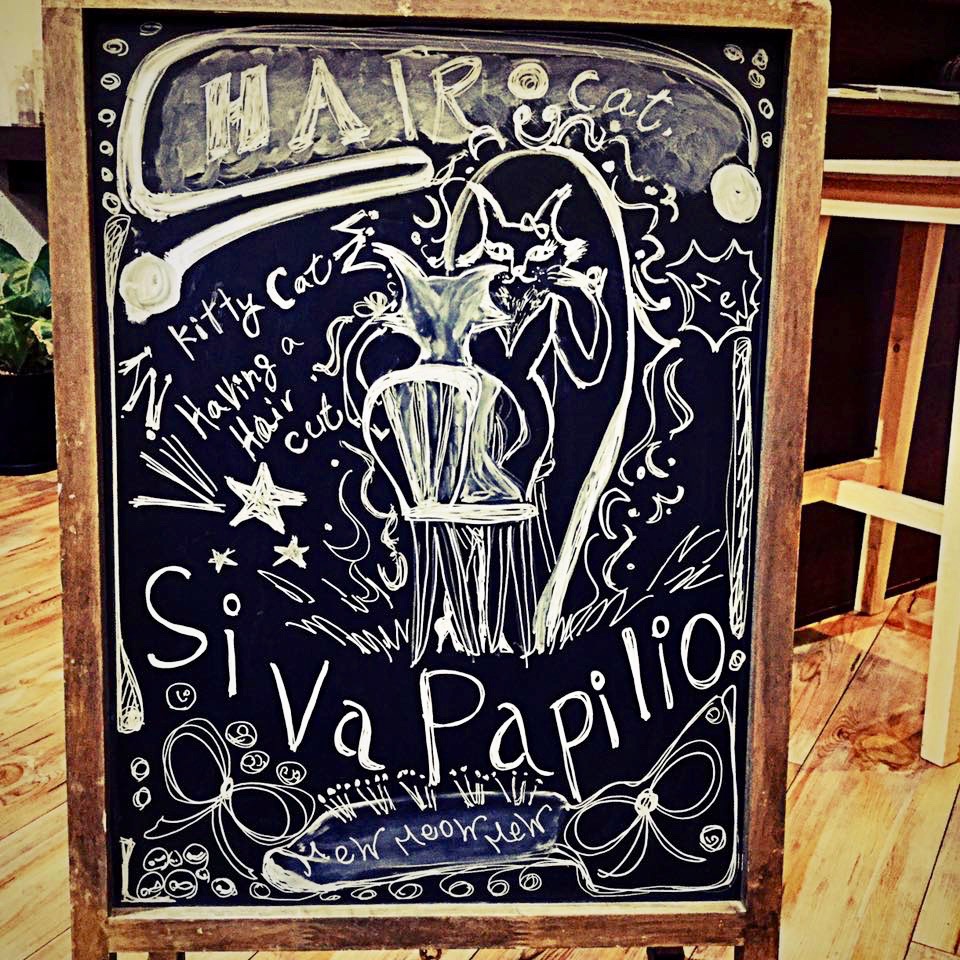
I get a lot of clients by word-of-mouth intros or from recommendations on social media. That’s so helpful since my shop is a little bit out of the way, even though it’s close to the station. It isn’t really where people are expecting to find a hair salon.
What were some of the challenges of going solo?
One difficulty was communication issues with the carpenters and tradespeople when they were renovating the salon before it opened. I’m not sure if that was because I was a woman, but it was a bit hard to get them to understand the image I wanted. I had to be quite stern and give them explicit directions.
I help [customers] to decide what style is suitable, based not just on their facial structure and hair texture, but also on such things as their personality and lifestyle.
What are some of the main differences between Japanese and non-Japanese clients?
When foreign clients come to a Japanese salon for the first time, some things surprise them. For example, they remark on how thorough the shampooing is, or the fact that we offer a shoulder massage. And now and then I have a client who asks if they should take off their shoes when they enter. They are nice and polite. (Laughs)
Coloring is a big difference for non-Japanese and Japanese. Foreign customers often have a clear image of what they want, and there is such a wide range of things you can do with their hair. The coloring ingredients for use on Japanese hair are much more limited. I sometimes have clients who have had their hair done elsewhere and it hasn’t worked out so they come to me to have it fixed. For example, maybe they wanted to go blonder, but it ended with platinum hair like a Japanese might get—not the natural blonde highlights they were expecting.
I also notice that the terminology people use to describe their ideal styles tends to be different: Japanese women, even older ones, want a “cute” style while international clients use words like “edgy,” “sexy” or “elegant.”
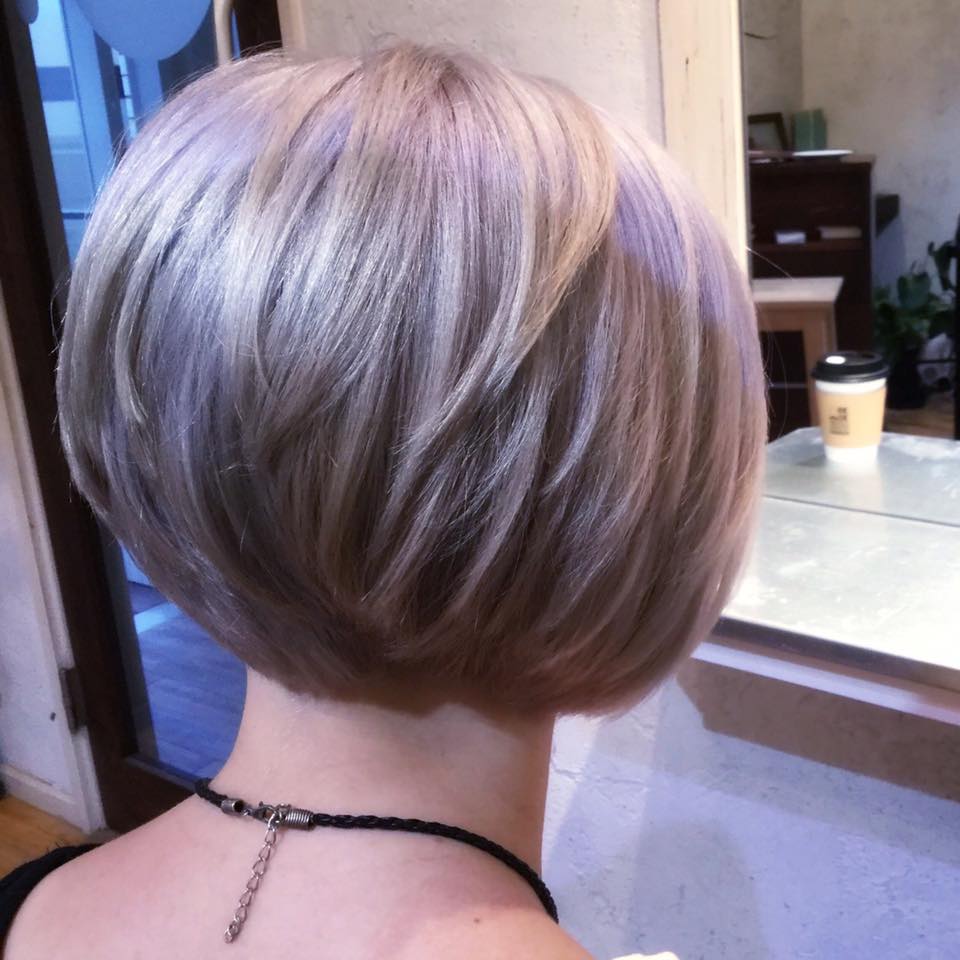
Do you have any tips to help foreign clients improve communication with their stylists in Japan?
Actually, as a stylist I don’t think that’s the client’s responsibility — it’s my job to find out what they want and to draw it out of them by asking the right questions. I help them to decide what style is suitable, based not just on their facial structure and hair texture, but also on such things as their personality and lifestyle.
In general, my foreign clients tend to be quite direct when communicating their preferences for styles and color. And they are also effusive with their praise, which really makes me happy! Japanese people are more low-key in this respect.
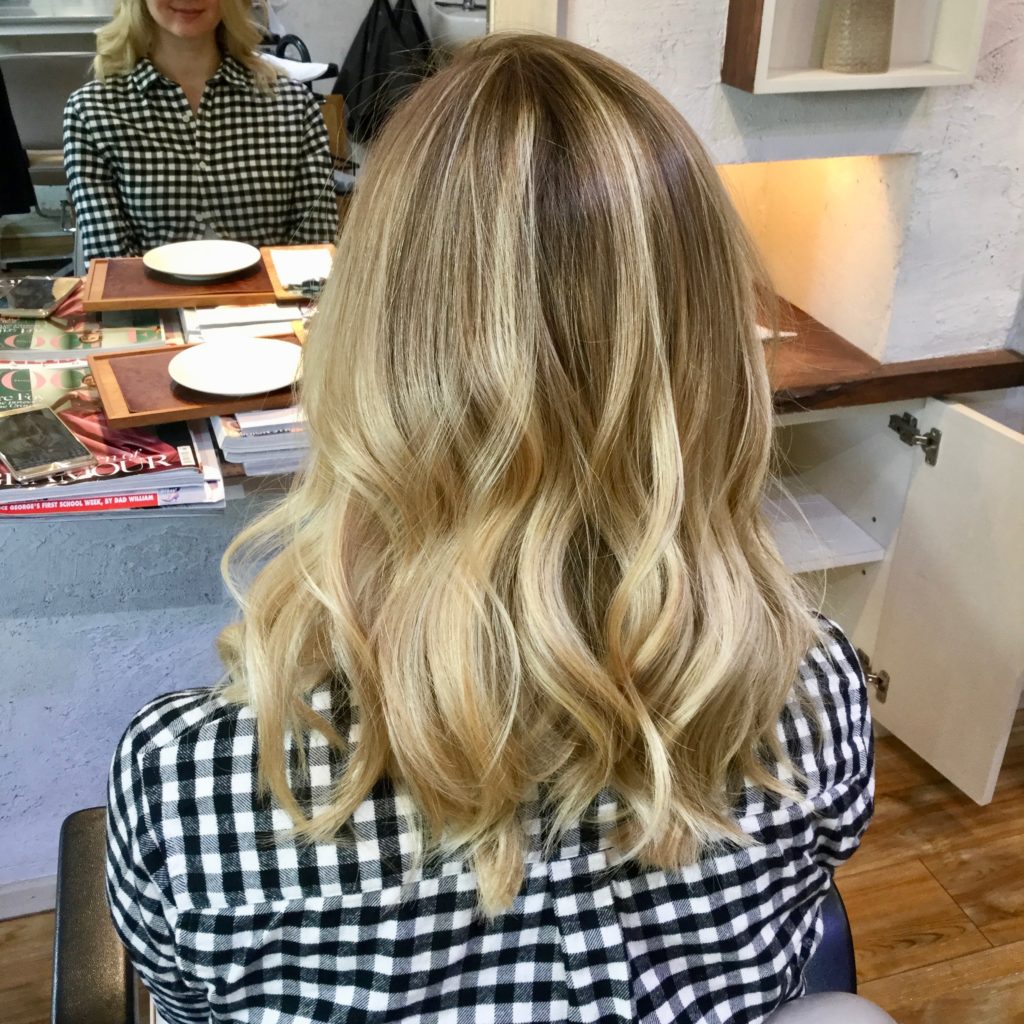
You’ve done a lot of commercial work over the years. Any interesting experiences that stand out?
One job that comes to mind was when I was asked to go to Kyoto to do the hair for a photo shoot for overseas magazines. They had these foreign models posing with Japanese martial art fighters. It was quite a challenge to come up with a look for the martial art fighter — something that would be authentic yet stylish, and which fitted the director’s idea of what was “Japanese.” All this in a moving bus on the way to the location for the photoshoot!
What changes have you seen in Tokyo fashion trends during your time on the hairdressing scene, and what lies on the horizon?
When I started out, styles were more rigid and conservative. There is more variation, more fluidity now. Moreover, “Tokyo style” has become an international trend in itself, thanks to the Internet, social media and more visitors coming to Japan. Stylists and designers used to look overseas for inspiration but now they’re seeking that within Japan. It is no longer just about Harajuku trends, but other centers as well, such as Yoyogi Uehara, Daikanyama and Aoyama, for example.
To learn more about Silva Papilio visit the official website and Facebook page here.
The Deets
Address: 2F Galleria Harajuku, 3-6-1 Sendagaya, Shibuya-ku, Tokyo
Business hours: 11 a.m.-8 p.m. (Tue-Fri), 11 a.m.-7 p.m. (Wed-Thu), 10 a.m.-7 p.m. (Sat-Sun). Closed Mondays and every 3rd Sunday of the month.
Prices: Cut (From ¥7,000), Color (From ¥6,500), Shampoo/Dry (¥3,500). Makeup and nail service also available. All color products are imported from the UK.












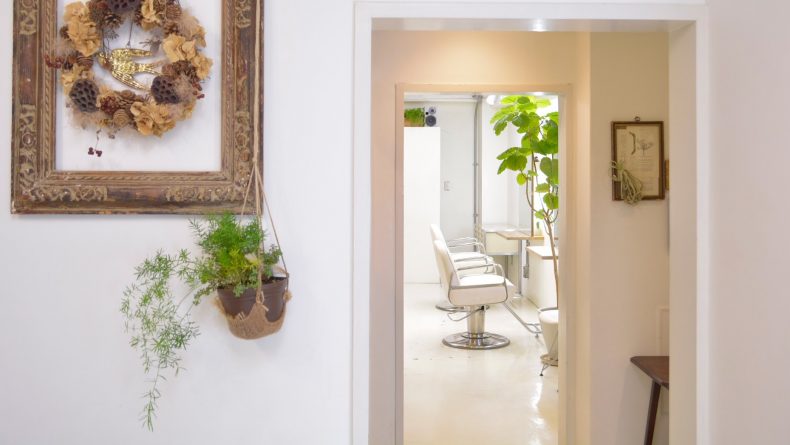
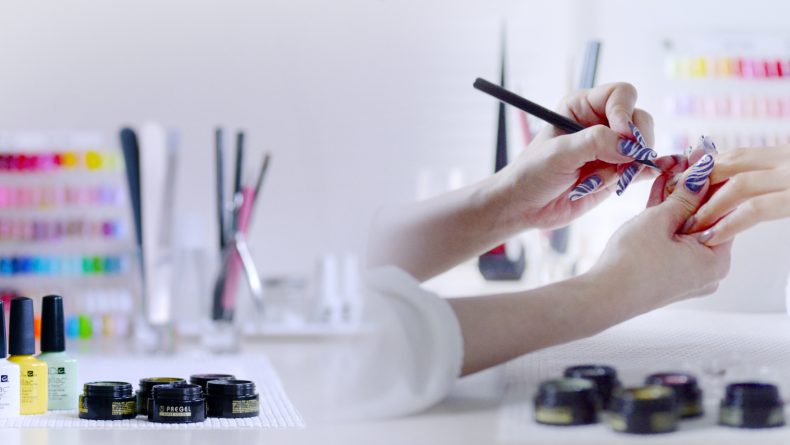
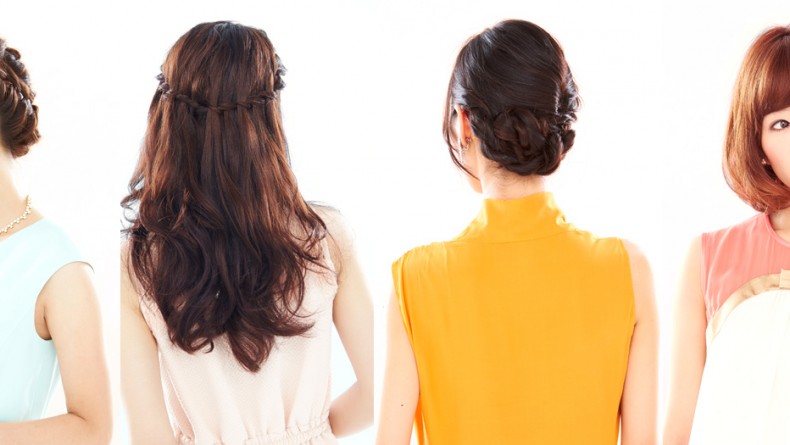
Leave a Reply